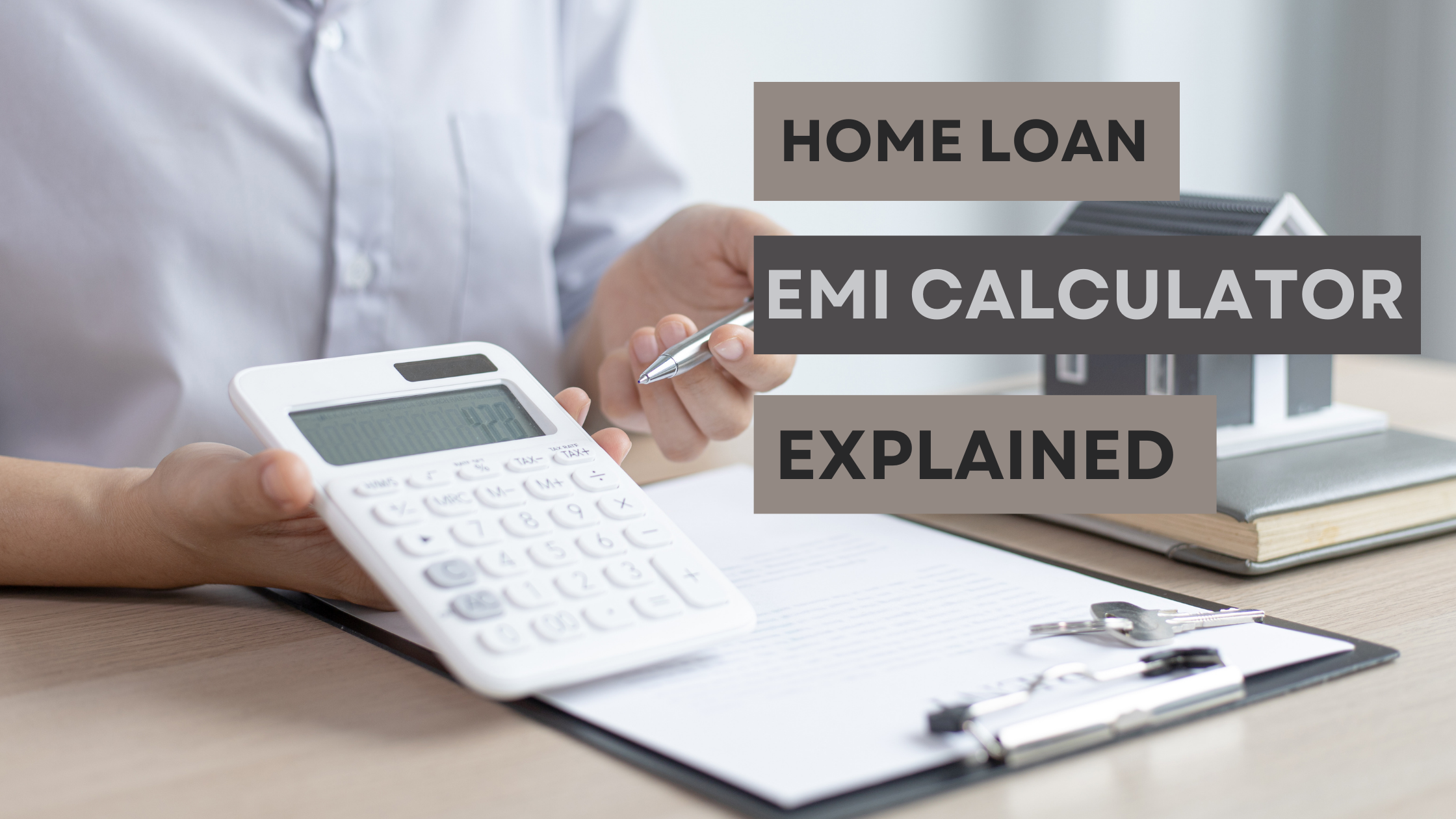Claiming a house is the best thing for all. In this days and age, it takes a few lakhs to turn into a property holder. Purchasers need to depend on home advances to make the buy. Aside from the chief credit sum and financing cost, there are likewise a few different accuses related of home advances. A portion of these incorporate the stamp obligation charges, handling expense, past due charges on EMI and CERSAI charges.
What is CERSAI?
CERSAI stands for Central Registry of Securitization Asset Reconstruction and Security Interest of India. It is a Government of India Company licensed under section 8 of the companies Act 2013. The majority shareholders are Housing Finance companies, Public sector Banks & Central Government of India.
CERSAI was introduced to safeguard the interest of both the lending and borrowing as a means of improving transparency in all banking financials.
Earlier people used to take multiple loans on the same property from different financial sectors.
The main purpose of CERSAI is to deter illegal practices. It enables lenders to conduct a background check on CERSAI official website to verify whether a property against which one is seeking a loan has been mortgaged with another lender or not.
Understanding CERSAI: You Need to Know
The CERSAI registry platform can be accessed online by any person, bank or financial institution by paying a certain fee. By doing so, lenders can gather information on a property to ensure that there is no previous security interest that may have been created by a different lender in the past. This process is usually done before sanctioning a loan to a borrower.
It is extremely beneficial for prospective home buyers since it allows them to pull up records to check whether the property, they are interested in purchasing is freed from any liability or loan which will are created by another lender.
Objectives of CERSAI
CERSAI was launched by the Government of India with the main objective of eliminating fraudulent and dubious lending-related activities by pledging the same asset as a mortgage to different lenders at the same time. The company was launched in order to establish a single, centralized registry of a property as a security against the loan amount taken. It allows banks and financial institutions to register any transactions in relation to asset reconstruction as well as securitization.
In the recent times, the objectives of CERSAI have been further extended to include registration of all types of mortgages prevalent in India, as well as the registration of all security interests generated on assets that are not considered tangible.
How to Register with CERSAI
The registration will be applicable to transactions involving security interest over property generated for the purpose of obtaining loans.
The registration with CERSAI is carried out on the official CERSAI website:
• The user will be required to click on the “Online Registration” section on the CERSAI website to fill the form.
• Once the form is filled, the user is required to pat the CERSAI charges along with the necessary documents.
• These forms, along with the required documents mentioned in the papers, are to be sent to CERSAI’s address.
• Once the process is completed, you can keep a track on the progress online.
CERSAI Charges
As per directives issued by the government of India, all lenders (banks and financial institutions) are required to register information with CERSAI with regards to the security interests that they have created. Registration must be completed within a period of 30 days of the creation of security interests.
The registration charges keeps changing from time to time. If you want to take a loan from a financial institution, you would have to pay the lending and processing fee. From 1st January 2014, the registration fee and processing fee for CERSAI were clubbed. The cost for all lenders across the country is the same. A borrower must pay a small charge, known as the CERSAI fee, when taking out the loan.
CERSAI prescribes the charges for a home loan that if a borrower takes a loan above 5 lakhs then he will have to pay Rs.100 + service tax and loans that are below 5 lakhs will have to pay Rs.50 + service tax. If there is a delay in making updates regarding the transactions, it could result in a penalty.
CERSAI and Credit Information Bureau India Limited (CIBIL) have joined hands, to make the borrowing and lending process more streamlined. Because of this tie-up, lenders will be able to make decisions easily. Since you know everything about CERSAI, you can now take a glance at some of our home loan options. You might find something interesting.





.png)

.jpg)







